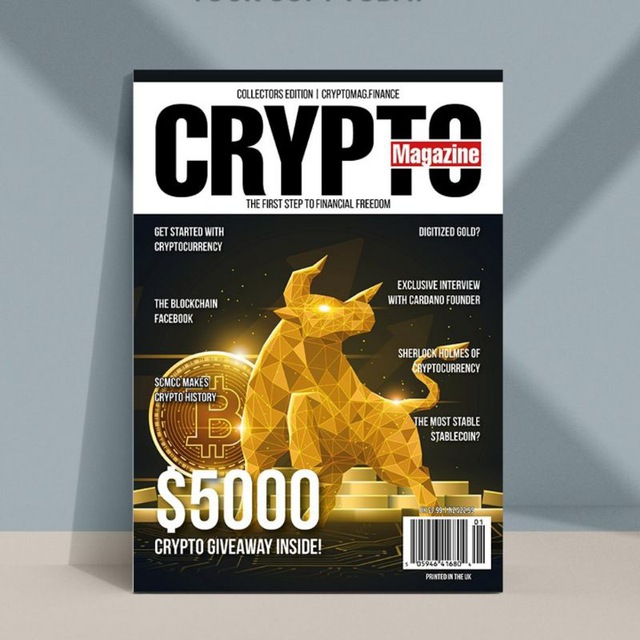Tether Data’s AI research division, QuantumVerse Automatic Computer (QVAC), has launched QVAC Genesis I, a large-scale synthetic dataset designed for advanced AI training and language models, especially those focused on STEM domains.
QVAC Genesis I has been built from 41 billion text tokens. It’s purpose-built to support the creation of language models that can reason, analyze, and solve complex problems in scientific domains such as mathematics, physics, biology, and medicine.
First announced in May, QVAC is Tether’s decentralized AI framework built for autonomy and self-ownership. It allows AI agents to communicate and transact over blockchain rails, forming a modular, censorship-resistant system.
Paolo Ardoino, CEO of Tether, stated, “Most AI today sounds smart, but doesn’t truly think […] We designed this dataset to help models understand cause and effect, to make connections, draw conclusions, and reason their way through complexity. And we’re making it open to everyone.”
Tether unveils a decentralized AI app
Tether’s AI research team has also introduced a consumer app for local on-device AI processing, called QVAC Workbench.
QVAC Workbench enables users to maintain privacy by keeping all AI interactions local on their devices, with a “Delegated Inference” feature that allows peer-to-peer connections between mobile and desktop applications.
The app supports various AI models, including Llama, Medgemma, Qwen, SmolVLM, and Whisper, and is available on Android devices, with iOS compatibility coming soon. Desktop versions for Windows, macOS, and Linux are also available.
All interactions and chats with AI models remain local and private, with data remaining the exclusive property of the user. An innovative feature, called “Delegated Inference,” also enables peer-to-peer connection between the mobile app and the desktop one, leveraging the computing power of home or business workstations.
According to Paolo Ardoino, “Intelligence should not be centralized. With QVAC Workbench and Genesis I, we open the door to infinite intelligence, which lives, learns, and evolves locally on its own device. Intelligence, like information, must be free, accessible, and owned by everyone, not locked behind corporate firewalls or sold as a service.”
However, experts caution that QVAC’s privacy-first approach may clash with regulators and users who prioritize oversight and security. To that end, regions with established blockchain ecosystems like Southeast Asia and parts of Africa may adopt it faster, while areas with stringent regulations like the EU and China may lag, creating a global disparity in access and impact.
Tether expands beyond stablecoins with AI and banking investments
Tether has been focusing on decentralized AI for some time, introducing an open-source Wallet Development Kit (WDK) last year to enable humans, machines, and AI agents to build and use secure, self-custodial wallets and transact using USDT and Bitcoin.
The stablecoin giant is doing this to diversify their business beyond stablecoins and strategically position itself at the intersection of crypto and decentralized AI infrastructure. Previously, the company reported that it is in talks to raise up to $20 billion in exchange for a roughly 3% stake in the business.
Pave Bank $39M Series A Round⚡️
📑 About:@pave_bank is a licensed commercial bank headquartered in Georgia and operating globally.
🤝 Investors:@Accel (Lead), @wintermute_t, @Tether_to, @QuonaCapital, and Helios Digital Ventures
👉 https://t.co/xAbwzoIQc4 pic.twitter.com/5hijurrNt4
— Fundraising Digest (@CryptoRank_VCs) October 23, 2025
Additionally, the company has just invested in Pave Bank’s $39 million funding round through its investment arm, Tether Investments. The company is supporting the growth of a crypto-friendly bank that integrates traditional and digital asset services.
However, Tether is slowly losing its grip on the stablecoin industry. According to on-chain data, USDT has fallen from 70% market dominance in November 2024 to 59.9% by October 2025, the second sub-60% reading in a single year. On the other hand, its rival Circle’s USDC climbed from 20.5% to 25.3% over the same span.
Meanwhile, Tether’s USDT token has reached over $182 billion tokens in circulation and serves an estimated 500 million users worldwide. According to reports, Tether says that it expects close to $15 billion in profit this year.
Claim your free seat in an exclusive crypto trading community – limited to 1,000 members.




